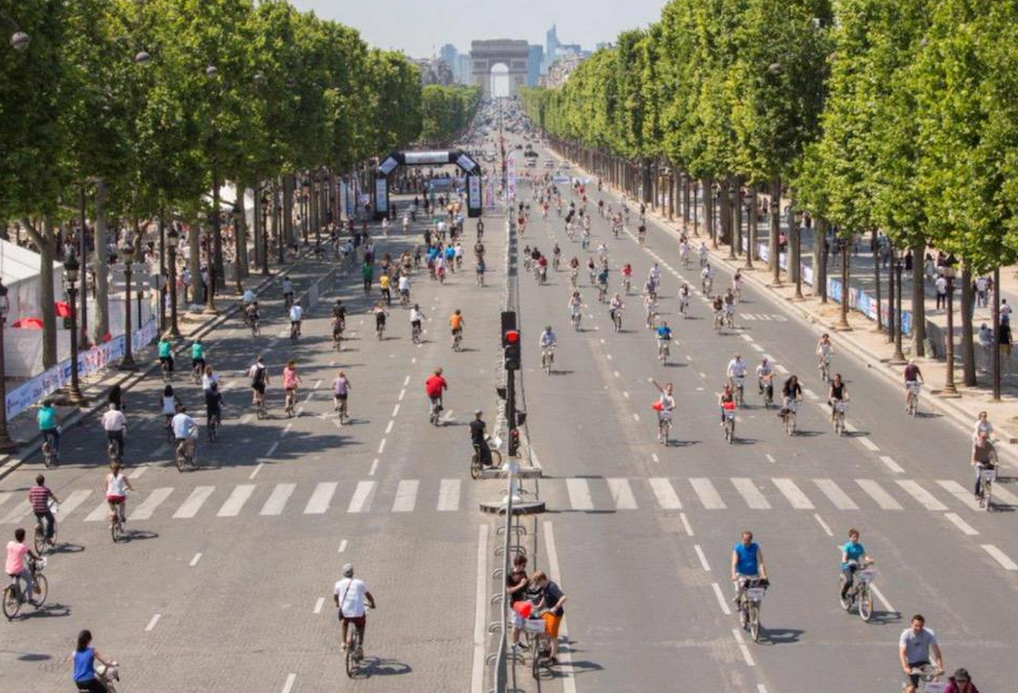What the city of Paris looks like without cars
Paris became the latest city worldwide to hold a car-free day as it prepares to host United Nations-led climate negotiations this December seeking to seal a post-2020 pact on curbing greenhouse gases. Police have set up checkpoints to ensure the ban is complied with in the stipulated area.
Mayor Anne Hidalgo told French newspaper Le Parisien the goal of the operation was to show that “Paris can operate without cars”, Reuters news agency reported.
Mayors from Sao Paulo, Brussels and Bristol were in Paris to see the event kick off.
All traffic in the French capital, except taxis and emergency vehicles was banned in four central arrondissements, or districts, from 11am to 6pm.
“I understand that for people who have to travel by auto it might be hard but at the weekend you can make an effort for the environment, for air pollution, I think you have to”, Parisian said of people who oppose the move. In March, Paris briefly ranked first in the world for air pollution.
Elsewhere in Paris, cars were asked to stick to a pedestrian speed limit of 20 kilometres (12 miles) an hour – although many drivers ignored the request. “It’s wonderful to be able to just ride freely and not worry about cars”.
Older diesel vehicles with high emissions are being phased out in the city, while lorries and buses weighing more than three tons and more than 14 years old have been prohibited from driving through Paris during the day since the beginning of this month.
The vehicle ban was limited to one-third of the city, stretching between Bastille and the Champs Elysées, and the outer Bois de Boulogne and Bois de Vincennes.
In other parts of the city, traffic movement will be restricted to 20km/hr.








